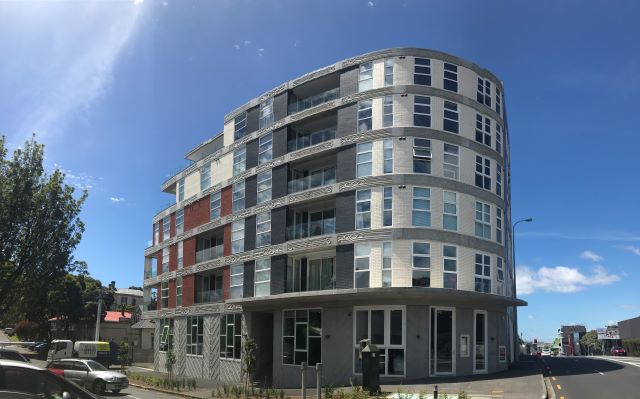Exemplars of best practice suggest there is considerable potential to improve design, sustainability and functionality of medium density housing. With funding from the Building Research Levy and MBIE, Beacon developed tools to assess and guide good practice medium density in New Zealand.
What do we want in medium density? An assessment framework
The assessment framework is built around five core principles.
Each principle has a set of desired outcomes that good practice medium density should bring.
The assessment tools assess developments against the framework. They can be used in part to assess planned developments, and in full to assess built developments. A key part is the post occupancy evaluation by residents. Their ratings are compared to the developer’s ratings and to the observational assessment.
- Character, context and identity
- Choice
- Connectivity
- Liveability
- Sustainability
The assessment tools comprise:
- A site review
- An interview with the developer
- Developer self-rating
- Resident post-occupancy evaluation
The results are shown in a series of infographics. For example, the Brickworks apartments were used as a case study to test the tool on.
You could benefit from applying the medium density assessment tools if you are a
- Developer or designer, including developers who are aiming to continually improve their practices, and less experienced developers who are perhaps less knowledgeable of wider urban design and placemaking concepts and practices.
- Development manager who wants insight into where the development is or isn’t working for residents and local community.
- Member of a community that wants to understand whether a new development complements and enhances your neighbourhood.
Contact us if you would like to know more:
Email office@beaconpathway.co.nz
Read the full report here
What we’re currently working on
We are currently extending the medium density housing assessment tools to include an assessment of greenhouse gas emissions. We will look at how other international and national tools are managing this and develop an integrated greenhouse gas emissions component.
We will test the revised tools through three case studies. CORT Community Housing, which has already assessed multiple developments with the existing tool, will partner with us, and we’re hoping to also recruit other developers. Kainga Ora, which is doing considerable work in this area, may also be involved.

